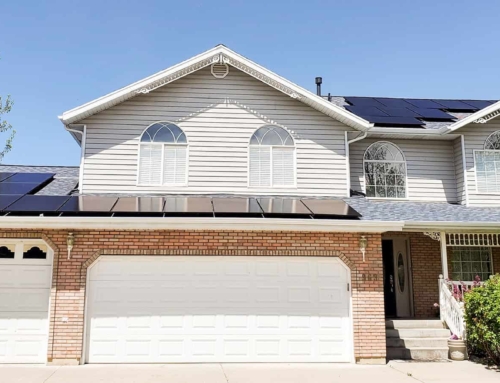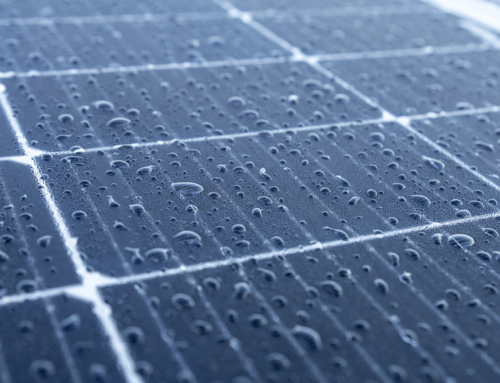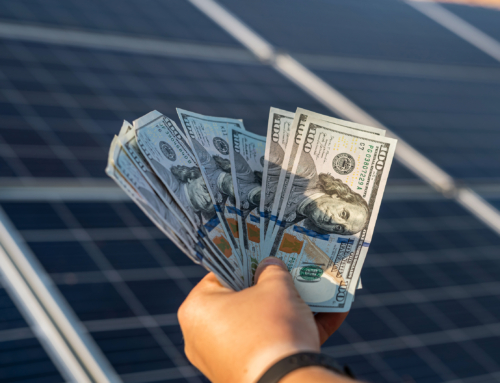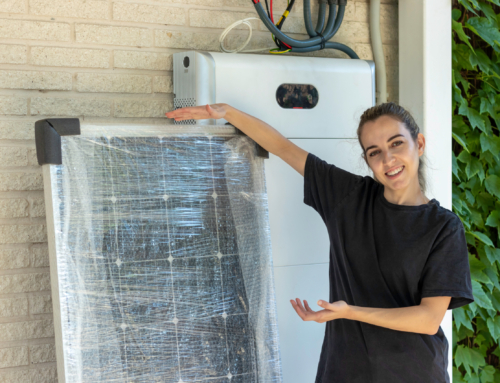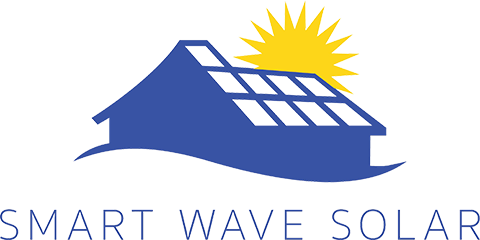As a solar panel gets hotter, it loses the ability to generate as much power as usual. This is why you should pay extra attention to a solar panel’s temperature coefficient number whenever you’re shopping around for solar, especially if you live in a hot climate. While it’s easy to assume the desert sun is perfect for solar, you must do more work and due diligence to find equipment that can withstand significant heat.
What Is a Solar Panel Temperature Coefficient?
The temperature coefficient defines the rate at which a solar panel decreases productivity for every temperature increase by 1 degree Celsius. So, how is this calculated? Standard energy output is universally tested and measured at 25 degrees Celsius in the industry. Companies always compare changes to results at that temperature.
Experts record the percentage of power lost at different temperatures to calculate the temperature coefficient. They divide that percentage of loss by the number of degrees over 25 degrees Celsius at the point where that change was observed. Overall, the closer your temperature coefficient is to zero, the better. Here’s a basic equation:
TC = percentage of power lost at X degrees celsius / (X degrees celsius – 25 degrees celsius)
Why Does It Matter?
While all solar equipment will naturally lose efficiency with heat, the rate can vary among providers. You’ll naturally want to find one that loses efficiency at the slowest rate possible so your home can continue being powered without difficulty. For reference, most panels have a temperature coefficient between -0.2% and -0.5% per degree in Celsius. As mentioned, the closer your temperature coefficient is to zero, the less you’ll notice any temperature effect on your solar panels.
Factors That Affect Temperature and Efficiency
To a certain extent, heat is unavoidable in some areas. However, there are ways you can limit temperature issues and optimize the money you save. Some roof materials absorb more heat than others, which will quickly increase the heat of your solar. Research your roofing and ensure you’re using sustainable materials if you plan to install solar on your roof.
The installation process can reduce overheating. In warm climates, your panels should never be flat against your roof. Instead, they should be standing at an angle with some distance between the roof and the panels. Pole-mounted panels are even better and provide optimal results.
Keep in mind that temperature is not the only factor affecting efficiency. Shading, poor roof orientation, low-quality solar accessories, and spotty maintenance can also decrease the results you see with solar energy. If your goal is to save as much money as possible, make sure you’re familiar with best practices for solar efficiency before adding panels to your home.
Learn More about Solar with Smart Wave Solar
Are you ready to consider adding solar to your home? Smart Wave Solar services both Utah and Colorado and can help you optimize your solar for the climate you’re in. Get ready to start saving money when you invest in solar with us. Contact Smart Wave Solar to learn more today!

